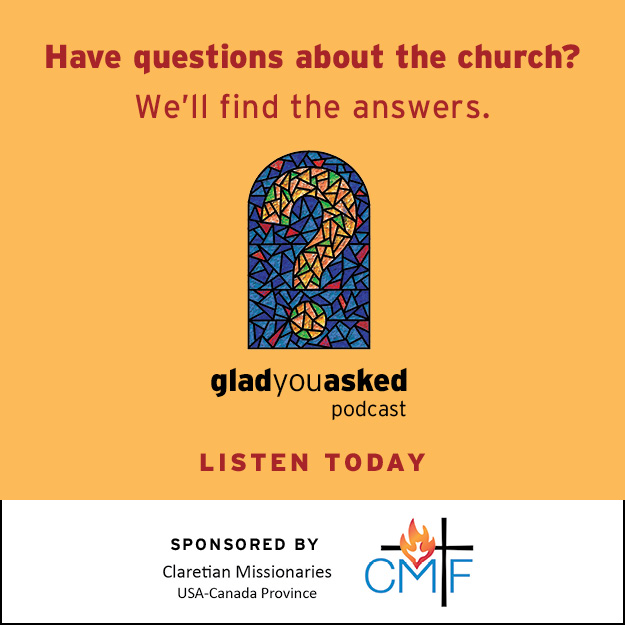Youth violence is a threat to the lives of God’s children. So why haven’t we heard from the bishops on it?
By guest blogger Kevin Considine
The riots in London have shown the powder keg at the foundation of many societies. Not surprisingly, a large number of young men with few job options, the feeling of marginalization, and little guidance or direction have been ransacking, looting, and burning for more than four days now. Technologies such as smart phones and Twitter have enabled them to coordinate their actions. Rioting, it seems, has gone high tech.
Here at home in the United States, there is a similar problem, but it is on a smaller scale. Here, too, we find large groups of young men with few job options, the feeling of marginalization, and little guidance or direction in how to positively function in a society that they feel is hostile to their existence. This has been seen in smaller acts of violence.
Like the violence in London, there is no overarching ideology or intended statement at work. Instead, there are minor explosions of violence that have roots in the communities and psyches of many young men (it is mostly young men who do this). Most recently, there has been mob violence in Philadelphia and Milwaukee. Earlier in the summer, here in Chicago there were “flash mobs,” so to speak, who used smart phones to coordinate meeting points and targets. Again, violence has gone high tech.
At home and abroad, can the church stop the violence? No, it can’t. At least not on its own. Despite the best efforts of many parish priests, religious, and laypeople, violence remains entrenched in many communities. The Catholic Church cannot do work to end violence on its own. It must be part of the ecumenical movement with other Christian churches, as well as in interfaith collaboration with Jewish, Muslim, and other non-Christian communities. The Catholic Church, which is a staunch advocate for human life from conception through natural death, needs to be more concerned with this problem. It needs to be concerned with the social vacuum that forms youth to perceive violence and looting as a good idea.
But where are the statements from the bishops on the need for collaboration with the larger Christian family and non-Christians to address this problem? Where is the sense of urgency to protect God’s children, our children, from being both victims and perpetrators of violence? As the Body of Christ, when one of our children dies from violence or inflicts violence, no matter how far removed from our own lives, it wounds each of us and should cause us to mourn with the families. All in all, this problem seems not to be a central concern for the larger church. It seems to be left to the individual parishes directly struggling with the problem.
The church admits that the roots of violence are much deeper than the means. They are in the fabric of the society and families that are shaping the minds, hearts, souls, and life options of young people. Violence has roots in the structural sins of racism and oppression that has shaped disenfranchised communities to be mired in what Dr. Martin Luther King called the connected scourges of “poverty, ignorance, and hopelessness.” As Columbine and other incidents show, violence is not is not limited to race or class. But the question remains the same: how is the church’s evangelizing mission being lived out for the protection of youth who are the victims and perpetrators of violence?
Can the Catholic Church on its own stop the violence? No. Can the Christian churches, together with non-Christians, collaborate to stop the violence? I hope so. What do you think?
Kevin Considine is a Ph.D. candidate in theology at Loyola University-Chicago.
Guest blog posts express the views of the author. They do not necessarily reflect the views of U.S. Catholic, its editors, or the Claretians.









